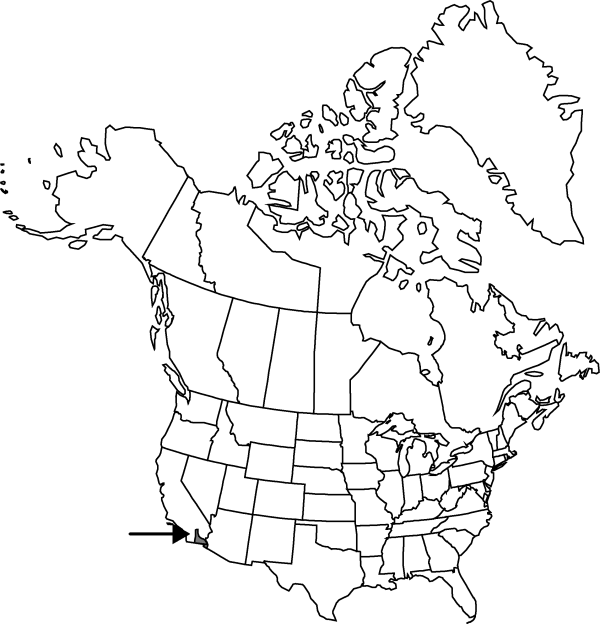Mirabilis tenuiloba
Proc. Amer. Acad. Arts 17: 375. 1882.
Stems decumbent to erect, usually forming leafy clumps, 3–10 dm, herbaceous or suffrutescent basally, usually glandular-viscid, more densely so distally. Leaves spreading or ascending; petiole 0.1–2.2(–5) cm; blade broadly deltate or ovate, 2–5(–8) × 1.7–7(–12) cm, fleshy to slightly succulent, base rounded to cordate, apex acute (rounded), glabrate to glandular-villous. Inflorescences usually thyrselike, often narrow; involucres 7–16 mm, lobes narrowly lance-oblong, base 30–50% of height. Flowers 1 per involucre; perianth usually white (pale pink), 1.3–1.8 cm. Fruits dull reddish brown to almost black, rarely with 10 inconspicuous, paler lines, sometimes with several very shallow grooves, broadly ovoid, 4–6 mm, surfaces smooth or very slightly rugose.
Phenology: Flowering spring, occasionally other seasons.
Habitat: Sands and rocks on slopes, cliffs, and canyon sides in open arid and semiarid areas
Elevation: 0-400(-900) m
Distribution

Ariz., Calif., Mexico (Baja California, Baja California Sur).
Discussion
Selected References
None.